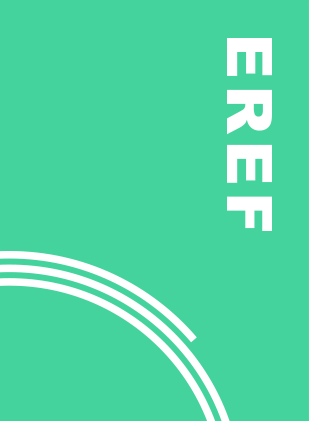
Description
There has been an increasing trend to accept aqueous wastes at landfills in recent years, achieved through the use of bulking or solidification/stabilization (S/S) agents. The practices and strategies are generally developed on a case-by-case basis, and in some instances are viewed as proprietary.
While a wide array of materials have been used as bulking or S/S agents, summarized information regarding the state of practice, material properties and usage is not widely available. In particular, material physical and chemical properties are important to ensure their use does not cause excessive heat generation, create odors or leach undesirable or toxic compounds.
Key objectives of this report include:
- Identify the types of aqueous waste materials accepted by landfills that require stabilization
- Document the materials typically used as bulking or solidification/stabilization (S/S) agents
- Describe the material testing, considerations and challenges when selecting agents
- Summarize the properties and reactivity of bulking and S/S agents, such as potential for heat generation or metals leaching
With the publication of Estimating Degradable Organic Carbon (DOC) Values & the Impact of Non-MSW Materials, the following updates have been made to this report:
Page 2, Line 5, updated to read:
“Currently, 48 U.S. states allow non-MSW waste materials to be placed in MSW landfills… (EREF, 2019)”
Page 13, Line 8, updated to read:
“Environmental Research and Education Foundation [EREF] (2019). Analysis of Waste Streams Entering MSW Landfills: Estimating DOC Values & the Impact of Non-MSW Materials. Retrieved from erefdn.org”
All downloads of this report after February 7, 2019 include the updates above.
$0.00